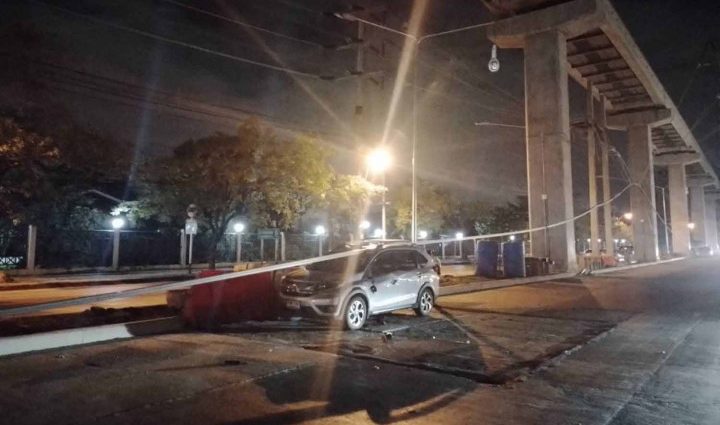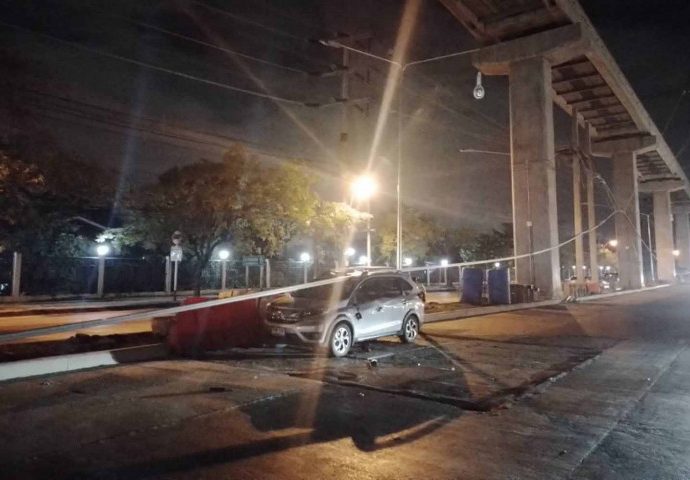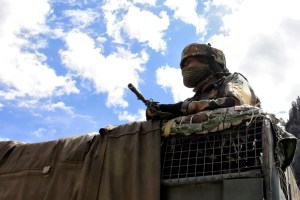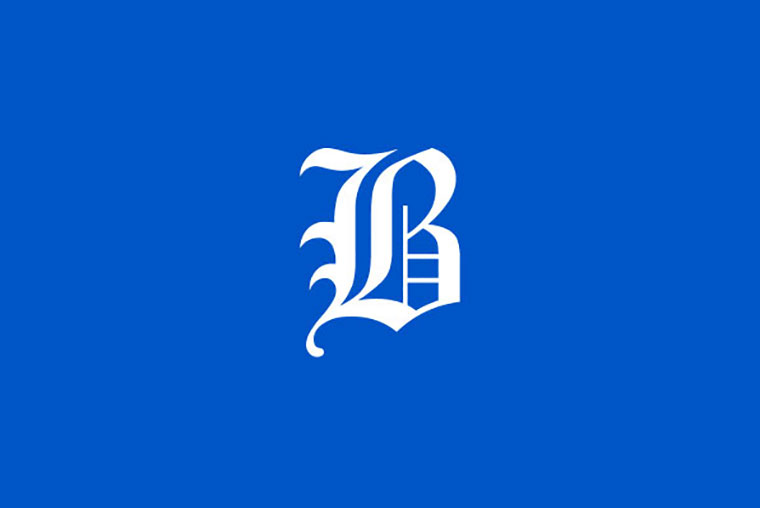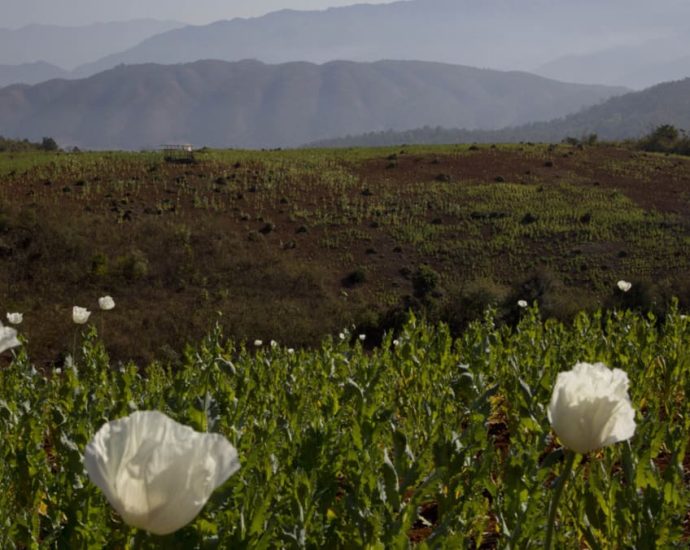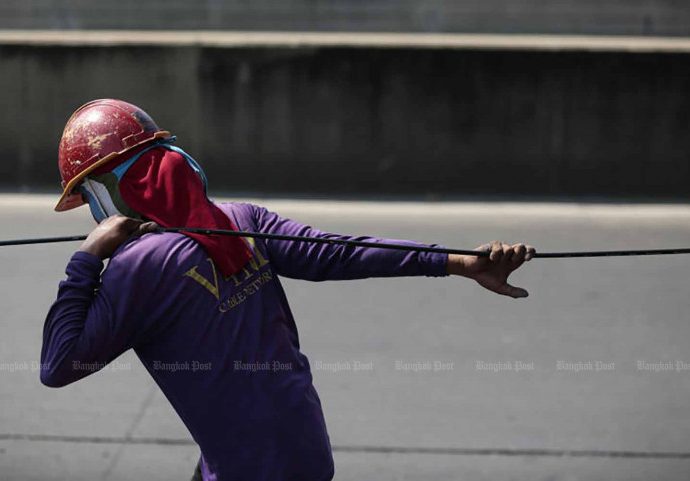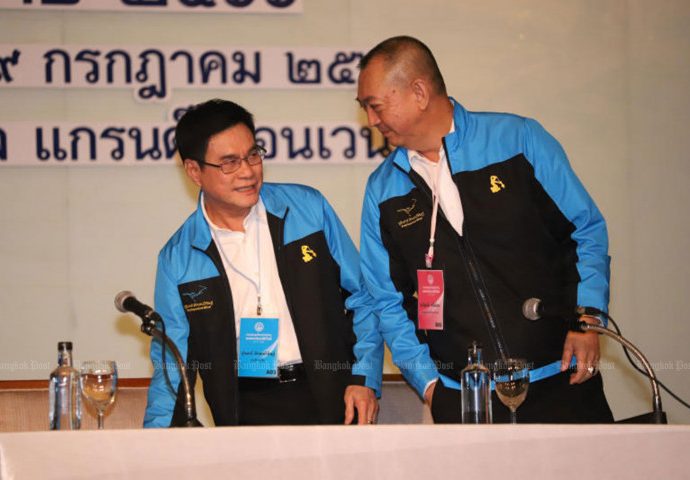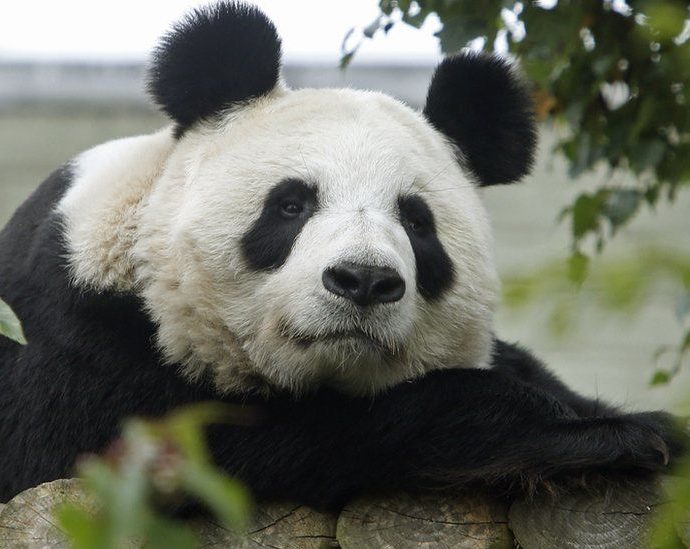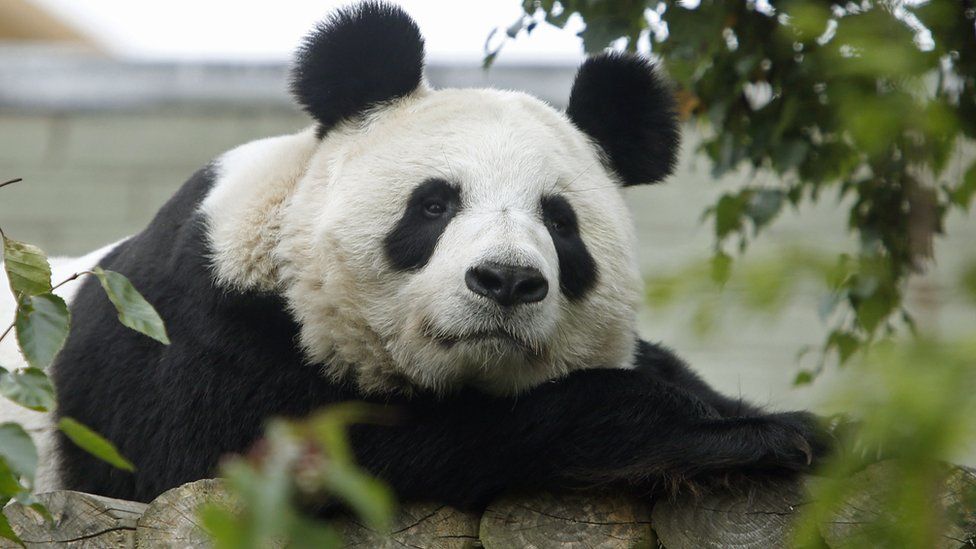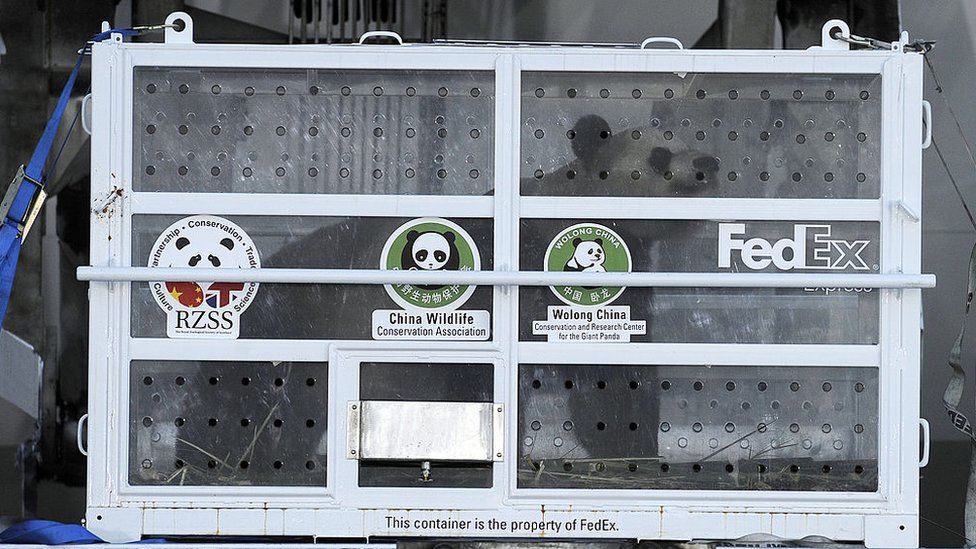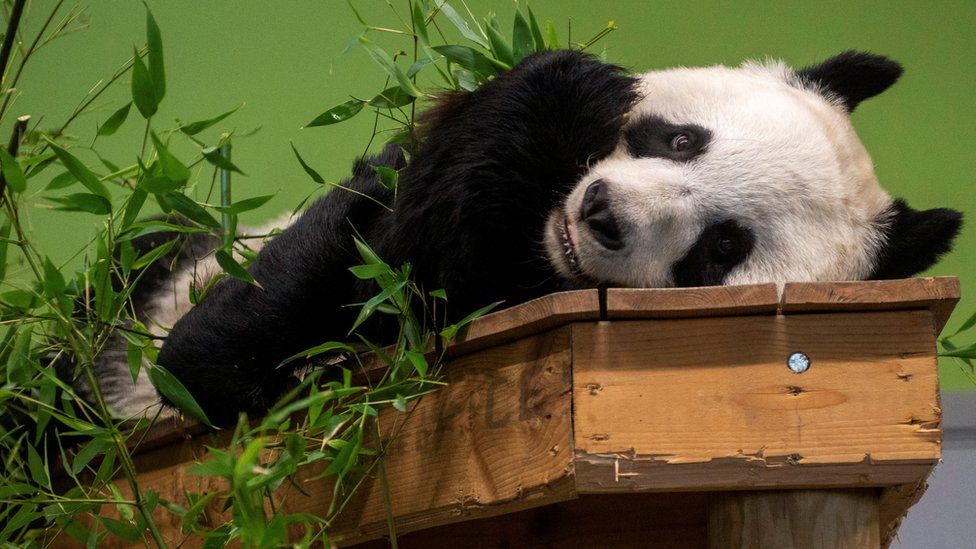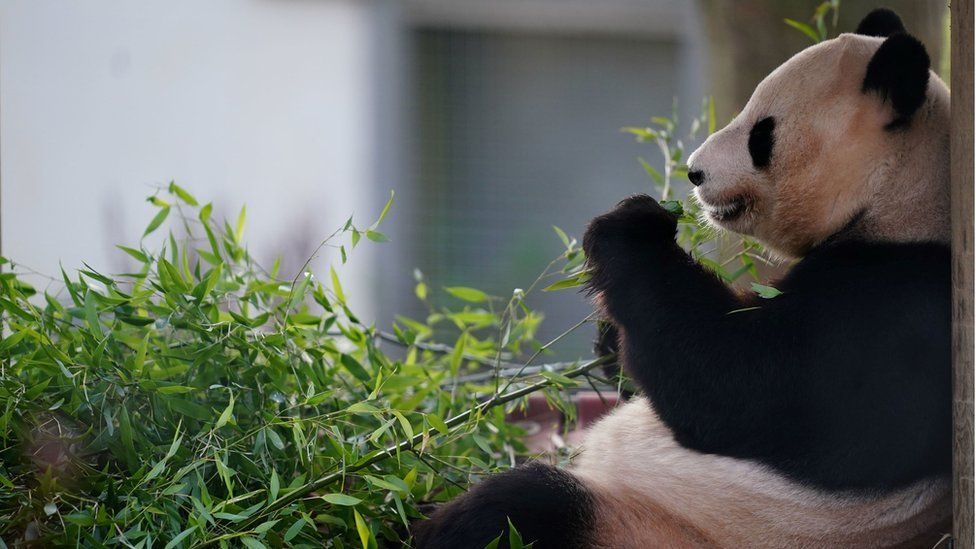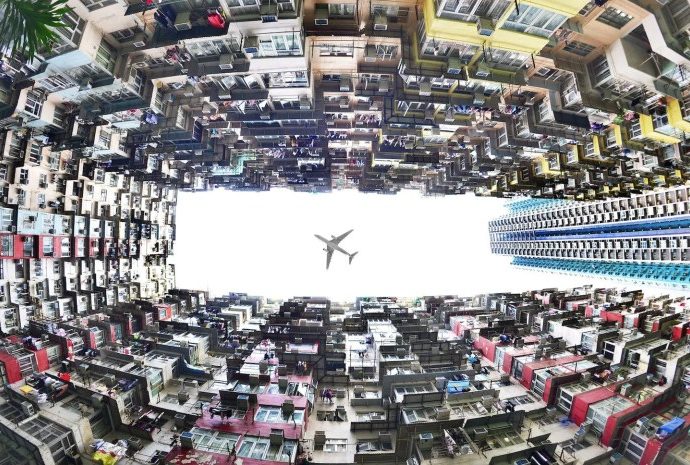Pink Line conductor rail collapses in Nonthaburi
PUBLISHED : 24 Dec 2023 at 09:43

Several kilometres of an aluminum conductor rail on the elevated Pink Line monorail system fell onto a street in Nonthaburi early Sunday morning. Three vehicles were damaged, but no casualties were reported.
The incident happened at about 5am along Tiwanon Road in Pak Kret district of Nonthaburi. A 5km stretch of the metal rail fell from the elevated structure of the Pink Line from Chon Prathan market to Khae Rai intersection. Conductor rails normally supply power to electric trains.
Eyewitnesses were vendors who parked their vehicles on the road while arranging their merchandise at the market. They said they saw bolts fall first, and then the rail collapsed and hit their vehicles. The falling rail also snagged on a power pole, leaving it standing at an angle.
One of the vendors said that if the incident had occurred as a train was passing, the damage would have been far greater. Nearby one Pink Line train stopped near Soi Tiwanon 25 Road. The whole system is normally scheduled to start service at 6am.
The rail collapsed near the western end of the 34.5-kilometre-long Pink Line from Min Buri district of Bangkok to Khae Rai area in Nonthaburi province.
At about 8.30am Northern Bangkok Monorail Co, the Pink Line operator, reported briefly that its service was closed from the Nonthaburi Civic Center station to the Pak Kret Bypass station due to power disruption.
Later it apologised for the incident and stated that it happened at 4.45am on Sunday at the Samakkhi station and three vehicles parked under the station were damaged.
The Pink Line opened for trial service last month.

Workers from Northern Bangkok Monorail, the Pink Line operator, check the conductor rail that detached from the concrete beam on Sunday morning. (Photo: Northern Bangkok Monorail)

The conductor rail pulled down power cables and a pole seen leaning on Tiwanon Road in Nonthaburi on Sunday morning. (Photo: Wararit Panichkitkosolkul)

